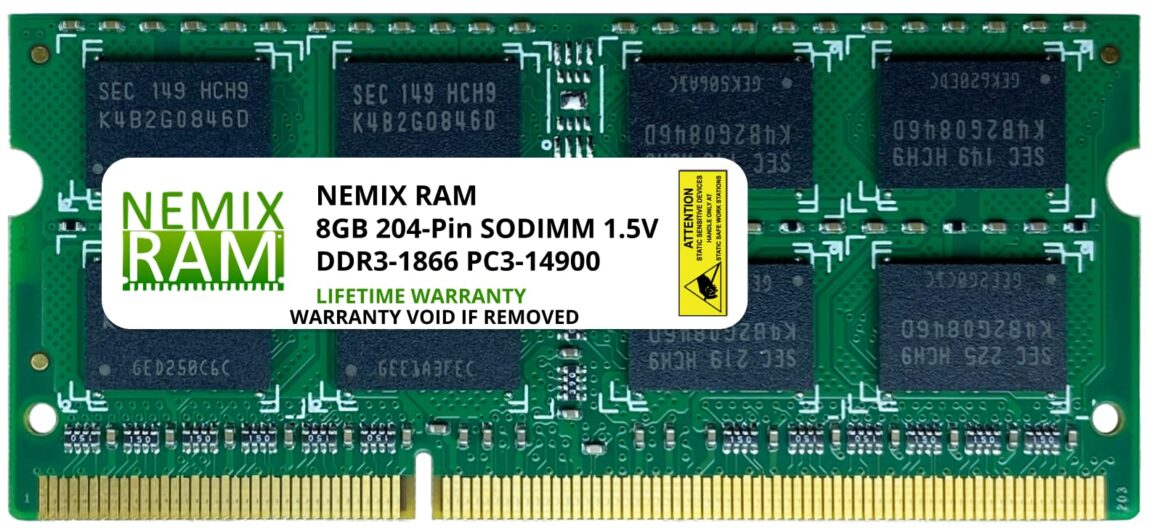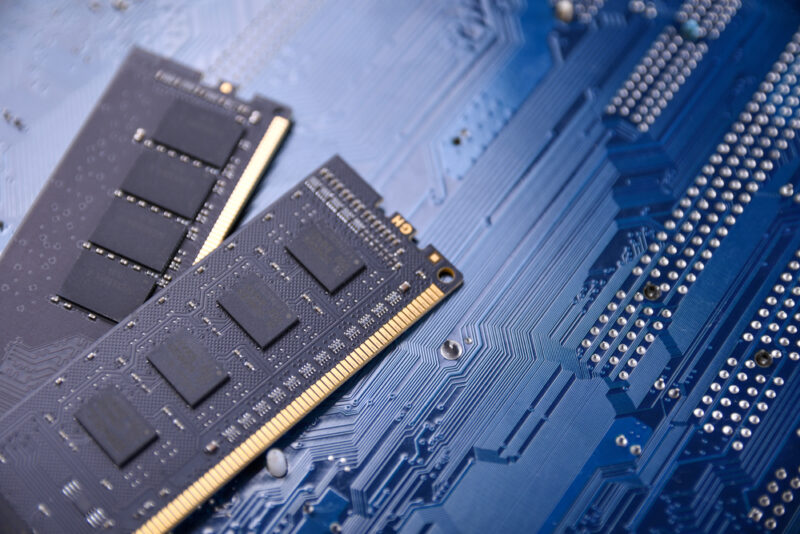DDR3 1600 is the standard speed for RAM, but some people are upgrading to 1866 MHz. What are the benefits of using higher frequency RAM?
The ddr3 1600 vs 2400 is a question that has been asked many times. DDR3 memory runs at 1600 or 1866 MHz and the difference between these two speeds is how much time it takes for one clock cycle to be completed.
DDR3 modules have been on the market since 2007, providing more performance than DDR2 and DDR1 modules. Even as we prepare to enter the realm of DDR5 memory modules, choose between DDR3 1600 and DDR3 1866 sticks remains a tough task. Both of these RAM speeds were popular at the time, and now we’ll talk about which one you should choose based on your needs and budget.
Let’s take a closer look at each of these components individually before diving into the comparison.
| Name of the Plant | Name of the Business | Maximum Data Transfer Rate |
| DDR3-800 | (PC3-6400) | 6400 MB/s |
| DDR3-1066 | (PC3-8500) | 8533 MB/s |
| DDR3-1333 | (PC3-10600) | 10667 megabytes per second |
| DDR3-1600 | (PC3-12800) | 12800 megabits per second |
| DDR3-1866 | (PC3-14900) | 14933 megabytes per second |
| DDR3-2133 | (PC3-17000) | 17066 megabits per second |
The following is a list of DDR3 modules and their associated speeds.
1600 MHz DDR3

With a peak transfer rate of 12800 megabits per second, the DDR3 1600 MHz (code name PC-12800) is the fastest memory available. When it comes to gaming, this should enough for entry-level to mid-range titles on your PC.
Many people still have DDR3 1600 MHz installed on their computers to play AAA games in this year. If we go back in time, this was one of the most powerful memories of its time. Even so, it’s no match for today’s DDR4 memory modules. To obtain a better understanding of the 1600 Mhz DDR 3 memory’s performance, we may compare it to a member of its own family, such as the DDR3 1800 MHz.
Furthermore, overclocking this RAM on an older motherboard would be a tough job. In comparison to the current generation, older generation RAM modules have low-quality heat spreaders. As a consequence, there’s a chance you’ll lose your memory as a result of overheating.
1866 MHz DDR3

Because of its faster clock speed, the DDR3 1866 has a little advantage over the DDR3 1600 stick. There won’t be much of a difference in game performance, but it’s worth noting. DDR 1866 also has a maximum peak transfer rate of 14933 megabytes per second.
If you currently have DDR3 1600 MHz memory on your computer and wish to upgrade to 1866 MHz, you will notice a speed boost while accessing files and multitasking. However, you would barely notice the difference.
The Difference between DDR3 1600 and DDR3 1866 RAM Modules
Clock speed, bandwidth, and CAS delay are the main differences. Before selecting a RAM module, there are three major things to consider.
| DDR3 1600 | DDR3 1866 | |
| Speed of the Clock | 1600 MHz | 1866 MHz |
| Bandwidth | 12800 MB/s | 14933 MB/s |
| Latecny CAS | 10.11.25.125.125.125.125.125.125.125.125.125 | 11.786 12.857 13.929 10.56 11.786 12.857 13.929 |
Table of Comparisons
Despite the fact that the DDR3 1833 module has a higher core speed, bandwidth, and CAS latency, the DDR3 1600 module is the most compatible with most motherboards. In addition, DDR3 1600 modules are less expensive and more frequently available in stock than DDR3 1833 MHz modules.
DDR3 generation high-speed RAM modules compared
Conclusion
Finally, now that you’ve learned the key differences between 1600 MHz and 1866 MHz DDR3 memory, it’s time to make your decision. In terms of technical terminology, the 1833 MHz module seems to be the best choice for a gaming setup. However, these modules are hard to come by these days on sites like Amazon and eBay. It would be a fantastic bargain to go with if you can locate one.
In internet markets, 1600 MHz DDR3 modules are very popular. Furthermore, they are less expensive to purchase and provide almost the same performance as a DDR3 module with a higher clock speed.
DDR3 1600 vs 1866 MHz is a question that has been asked before. DDR3 RAM speed chart will help you decide which RAM speed to buy for your computer.


